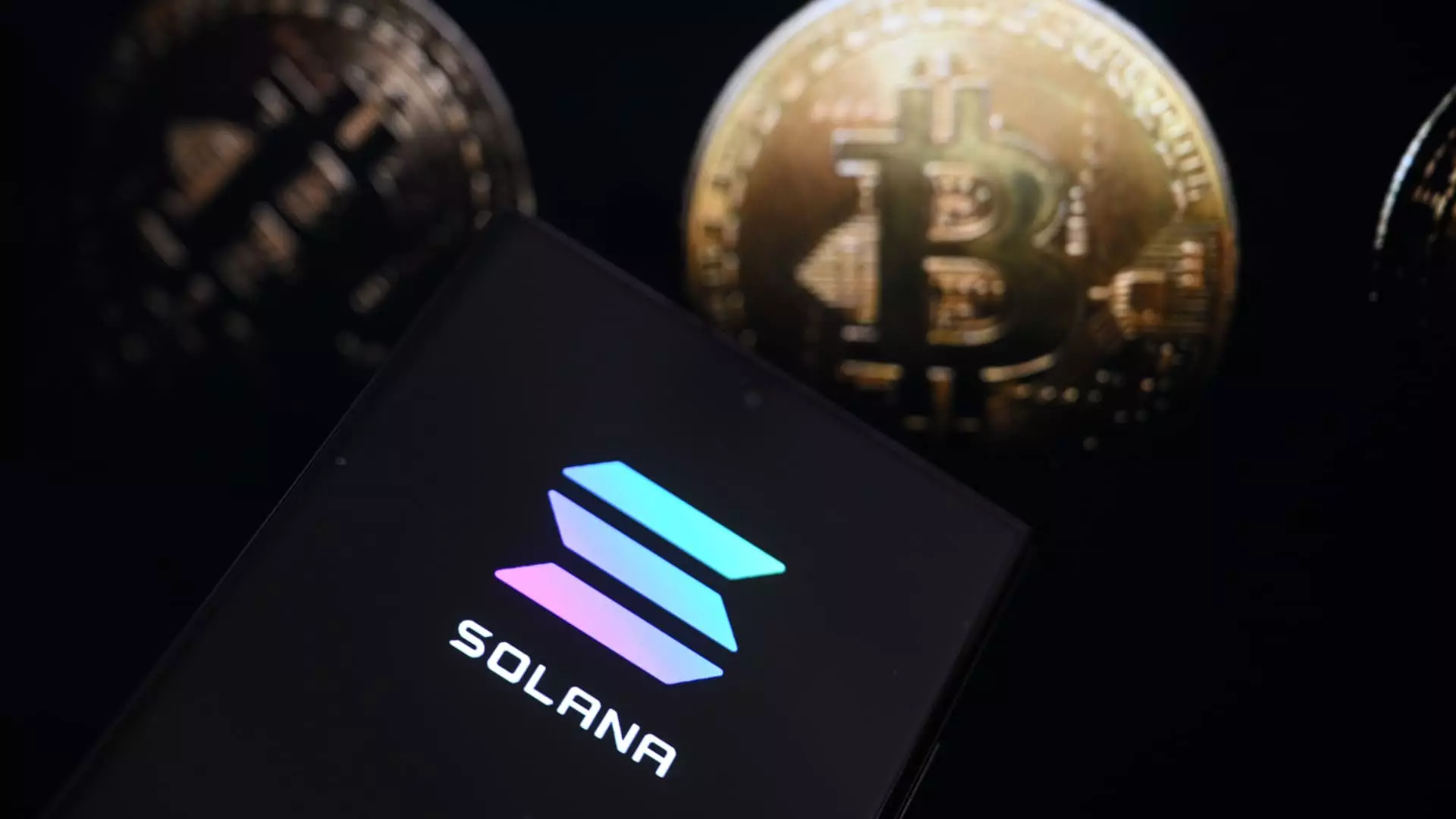Janover, a relatively small software company established in 2018, has recently made headlines by diving into the volatile waters of cryptocurrency. This strategic maneuver was catalyzed by a significant capital influx, as the company managed to raise $42 million through the issuance of convertible notes and warrants. It is worth noting that the company plans to channel a substantial portion of this capital—approximately $4.6 million—into buying SOL, the native token of the Solana blockchain. While this might appear as an audacious move designed to position Janover as a pioneer in the public markets, it raises questions about sustainability and long-term viability in the realm of cryptocurrency.
Red Flags: Risks Behind the Crypto Craze
The crypto market is notoriously fickle, and Janover’s stock surged by over 60% almost instantly after announcing their SOL purchase. Such rapid gains stir memories of fleeting market bubbles rather than a solid foundation based on sustained growth. The company’s endorsement of a crypto-centric treasury strategy, similar to that of higher-profile entities such as MicroStrategy, can sound promising on the surface. However, it’s critical to recognize that merely mimicking established firms doesn’t guarantee success. The drastic fluctuations in SOL’s value—exemplified by an 8% drop post-announcement—highlight the latent risks that accompany such investments. This reveals not just a need for caution but a compelling argument against getting swept up in the so-called “crypto gold rush.”
Leadership with a New Vision
With a new majority ownership by former Kraken executives, Janover no longer practices traditional software solutions but has pivoted towards becoming what CEO Joseph Onorati labeled “the most efficient and transparent vehicle for crypto accumulation in the public markets.” While ambition is laudable, one can’t ignore the skepticism surrounding such a sweeping change in direction. Attaching themselves to the narrative of digital currencies is enticing, but it imposes expectations that the company’s existing structure might not be equipped to handle. Changing the company’s name to DeFi Development Corporation and revamping its ticker symbol seems almost like a branding strategy to dive headfirst into the buzzwords of the moment, rather than a genuine commitment to long-term growth.
Validators and the New Game Plan
Beyond merely accumulating SOL tokens, Janover is also venturing into the acquisition of validators—computers integral to the functionality of the Solana network. This has the potential to diversify their income streams, as validators not only hold tokens but can also earn rewards through transaction management. However, one has to consider whether the company possesses the tech-savvy and resources to effectively manage such validators. The safety nets that are supposed to come with staking and validation could morph into liabilities if not handled with expertise.
The Market’s Mood and Janover’s Future
The crypto landscape is littered with cautionary tales, and while Janover aims to take on the role of trailblazer, the current trends might not favor ambitious newcomers. SOL’s performance has been tumultuous, especially in a market that has recently seen substantial risk retreats, evidenced by the token’s 43% decline in 2025. In a world where financial stability often relies on caution and methodical planning, Janover’s rapid-fire strategy raises eyebrows. The stakes are high; can the company sustain its meteoric rise, or will it fade alongside many who rushed to capitalize on fleeting moments in cryptocurrency?

